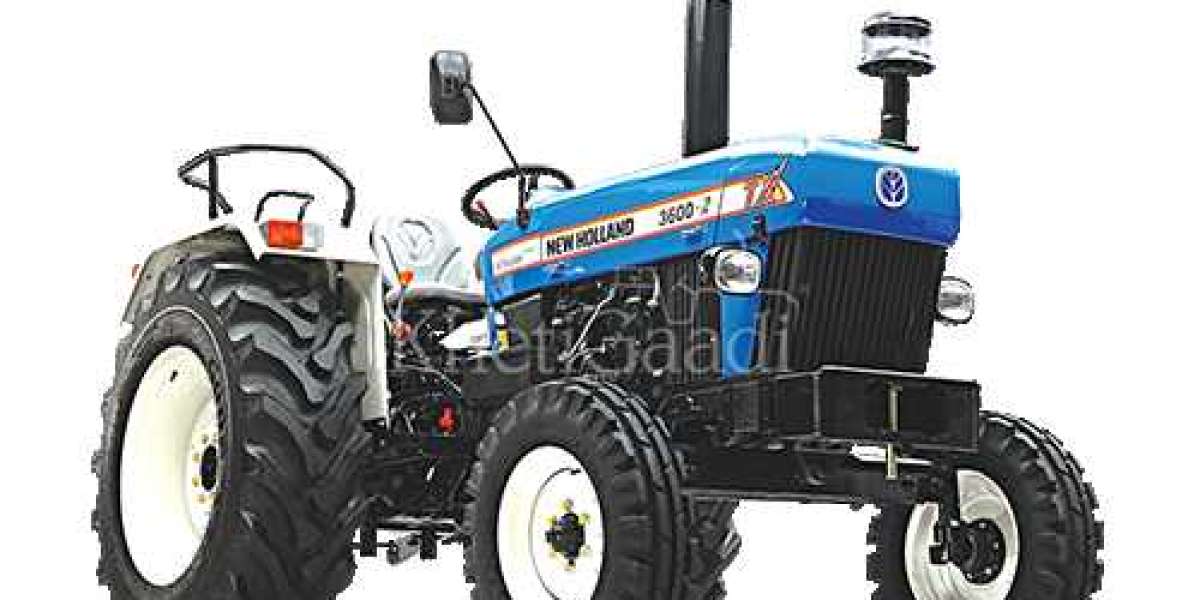When it comes to ensuring a comfortable environment, especially during hot summer months, understanding generator sizing for air conditioning requirements is crucial. Proper generator sizing guarantees that your air conditioning unit operates efficiently, providing the necessary cooling without overloading the system.

Why Generator Sizing Matters
Generator sizing is not merely a technical detail; it is a fundamental aspect of maintaining the performance of your air conditioning system. If the generator is too small, it may struggle to meet the load demands, leading to potential system failures. Conversely, an oversized generator can lead to inefficiencies and increased operational costs.
"Choosing the right generator size can significantly impact the performance and longevity of your air conditioning system."
Understanding AC Load Requirements
To effectively size a generator for air conditioning, one must first understand the AC load requirements. This involves calculating the total wattage needed to run the air conditioning unit. Here are the key factors to consider:
- Starting Wattage: This is the initial power required to start the AC unit, which is typically higher than the running wattage.
- Running Wattage: This is the continuous power needed to keep the unit operating after it has started.
- Additional Loads: Consider any other appliances or systems that will be running simultaneously, as they will add to the total wattage requirement.
Calculating Generator Size
To calculate the appropriate generator size, you can follow these steps:
- Determine the starting and running wattage of your air conditioning unit.
- Add the wattage of any additional appliances that will be used concurrently.
- Multiply the total wattage by a safety factor (typically 1.2) to account for fluctuations in power demand.
For example, if your AC unit requires 3,000 watts to start and 2,500 watts to run, and you have an additional 1,000 watts of appliances, the calculation would be:
Total Wattage = (3,000 + 2,500 + 1,000) x 1.2 = 7,200 watts
Choosing the Right Generator
Once you have calculated the required wattage, the next step is selecting a generator that meets these specifications. Look for generators that offer a wattage rating above your calculated needs. For instance, the Generac GP8000E is a reliable option that provides ample power for most residential air conditioning systems.

Conclusion
In conclusion, understanding generator sizing for air conditioning requirements is essential for optimal performance. By accurately calculating the wattage needs and selecting the right generator, you can ensure that your air conditioning system operates smoothly and efficiently. Remember, investing time in proper sizing can save you from costly repairs and enhance your comfort during the hottest days of the year.
For more insights, check out this informative video on generator sizing and air conditioning.








